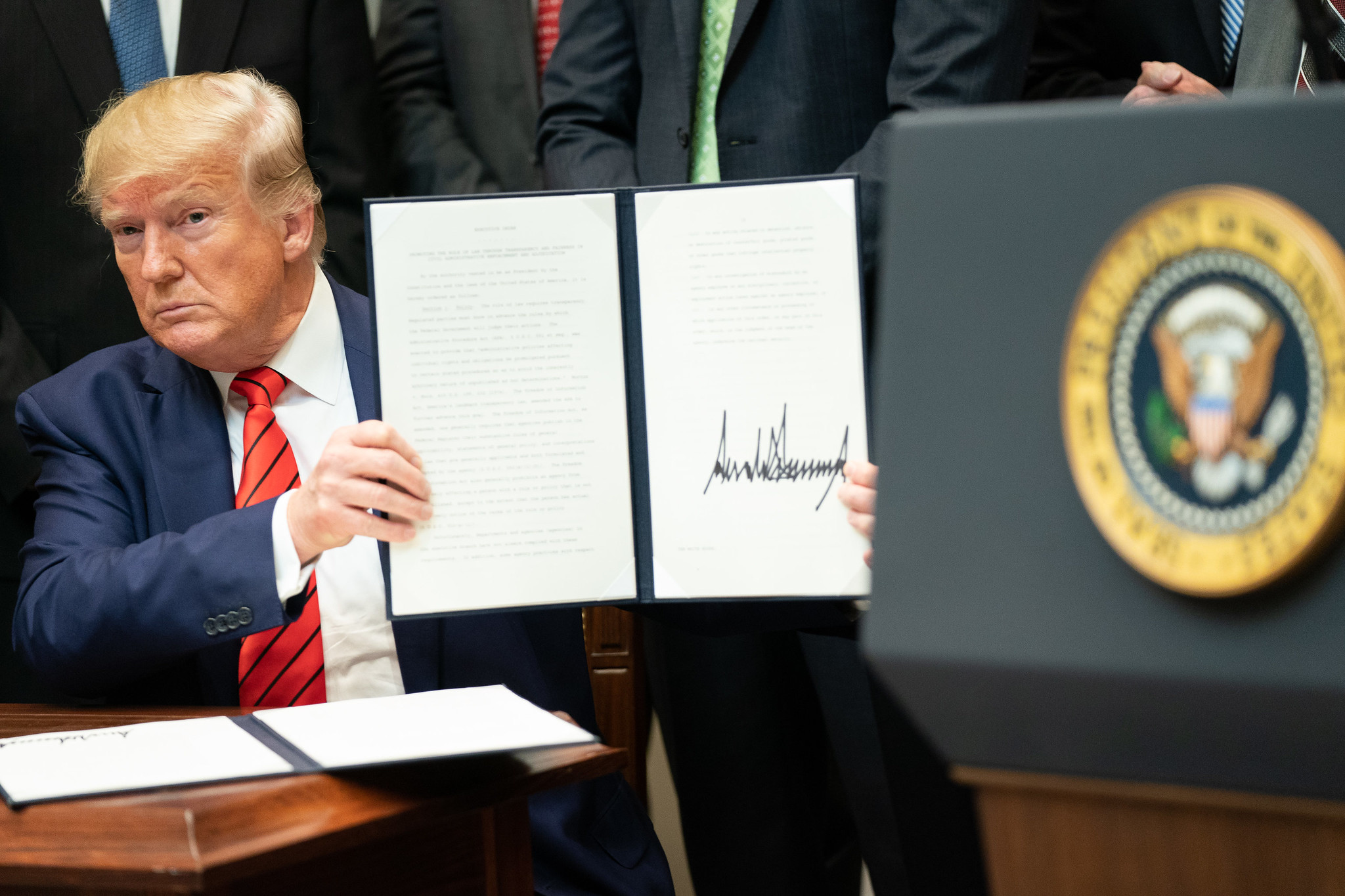The black hole of deflation
The Global Picture and Where We Are Now
For the last few years we’ve watched as the Credit Crunch morphed into the Sovereign Debt crisis in Europe, which may re-cross the Atlantic to hit the U.S. Treasury market. During that time, we have watched a series of patch-up jobs on the crisis that have only succeeded in prolonging the crisis without any real structural remedies. We’ve also watched how central bankers have seen the ‘buck’ passed to them, when their role is strictly in support of government action that should have led the way. Central bankers are running out of tools to tackle the task they should never have been asked to tackle alone.
Political leaders (who usually act only in concern of the consequences to their political careers) have only been willing to provide hormone-free measures that have yet to see any convincing success. Much as people look for someone to blame or an interest to protect, the fault lies with the underlying structure of national affairs. Not only do we find banks bound by the interests of their shareholders to achieve profits, but politicians working in a democratic set of national systems guarding their voting base with future elections in mind. These diverse objectives are not consistent with the needed objectives of targeting global growth at all levels to the point that national debt levels can be reduced while national cash flows are boosted to provide the needed funds to achieve these goals.
Almost five years after central banks took the first actions to buoy the world economy, political leaders are being forced to react to a third successive annual fading of recovery hopes as Europe’s debt crisis threatens to engulf Spain and Italy, hiring in the U.S. stalls and China slows. Estimate for growth worldwide this year have fallen to 3.2% from the May forecast of 3.4% and it continues to slow.
Developed economies are running into the limits of monetary policy, the Bank for International Settlements said in its annual report last week. Central bank balance sheets now contain $18 trillion of assets, about 30% of global gross domestic product, double the ratio of a decade ago, and interest rates are as low as they can go, the B.I.S. said.
Governments have “cornered” central banks into prolonging stimulus, and have dragged their feet on restoring fiscal order, said the B.I.S., which holds currency reserves on behalf of global central banks. Monetary policy only “buys time” in the short run for leaders to act, and leaving an easy stance for a prolonged period poses economic risks, it said.
The failure of politicians -or should we say in fairness the political system?– to apply vigorous, focused measure to achieve these goals over such a long period of time is causing a fundamental loss of confidence in the financial and monetary systems of the developed world. The emerging world is patterning their newer systems on those of the developed world and ultimately reinforcing that failure.
Amazingly we are now hearing talk that the emerging world should be becoming the driving force in the global economy, when the entire pattern of Asian development has been to replace the manufacturing industries of the West. In addition, China’s targeting the internationalization of the Chinese Yuan, an objective which inevitably will have the same impact on the dollar as Chinese manufacturing is having on the West. The net result is inexorably, the continuation of the shift of power and wealth to the East that undermines the power and future of the developed world.
Christine Legarde of the I.M.F. and other realistic financial leaders are warning that there is less than 3 months to save the euro. If they fail to do so, we move to the next catastrophic phase of deflation, the Black Hole. We have seen this in the past, and it’s the greatest fear a central banker can have.
Gold as an Alternative Day-to-Day Currency
Many gold supporters believe that gold can replace fiat currency as money. We’re not one of those believers. We realize that it’s not a matter of being right, but in the current powers that be, it is a matter of accepting its use in the system. At this moment, they’re showing no inclination or support for the idea of gold as money. But they do see it being used in a critical way. (Which we will discuss in the next part of this series.)
Fed, Central Bank Fears
For several years now, observers have reported the great ‘black beast’ feared by the financial world has been inflation. Central bankers fear deflation far more and have done for the entire five years. Inflation has remained extremely subdued during this time.
Indeed, their present stance still appears to be focused on keeping deflation at bay. But that policy is one that keeps central bankers -particularly the Fed– right up on their toes…Why you may well ask?
Deflation’s a Process
What really is deflation? In practical terms, it’s a process. In this last five years, we saw it start with a puncture of the housing market in the States, spread to mortgage backed securities, to bank balance sheets then onto their borrowing abilities. In Europe, the same happened but hit the banks hardest, then sovereign debt. As securities lost their value we saw a Domino Effect of asset shrinkage leading right through to the collapse of the institutions holding that toxic paper as asset collapses undermined their solvency.
As this started, fear kicked in as lending dried up, with banks fearful of lending even to other banks, where they might be unpleasantly surprised by defaults. Short-term fear morphed into loss of confidence in the future, prudence stepping in to replace overspending and the velocity of money’s circulation slowed, as values fell. As confidence was eroded so was growth and endeavor. In turn, this produced more deflation.
Central Banks attempted to defeat this process by adding liquidity to the system in the hope that lending and borrowing might be resuscitated, but because government was caught in political gridlock in the States and failed to act decisively and quickly in Europe, doing nothing to support central banks quantitative easing, these new funds ended up back in government bonds as banks feared creating more toxic assets that would come back to haunt them.
Meanwhile the economies of the developed world barely grew, causing more loss of confidence. With interest rates at new lows and becoming a medium term phenomenon, here we are at the brink of another stalling of the developed world’s economies. This time though, the emerging world is starting to slow its frantic pace of growth, telling us just how far the developed world is slowing. Because the emerging world needs to export to keep its growth high and are now seeing these slow down, they’re being forced to turn inwards.
The horrible feature of deflation is that it can’t be measured accurately because of its subjective, or emotional, content. It doesn’t move at a strictly defined pace and it must be killed early, before it turns an economic summer into winter, where stimulation just won’t work. It is truly a “black beast”.
This economic direction we now find ourselves in is what the central banks fear the most.
Gold Forecaster regularly covers all fundamental and Technical aspects of the gold price in the weekly newsletter. To subscribe, please visit www.GoldForecaster.com
Copyright 2012 Authentic Money. All Rights Reserved.
Julian Phillips – was receiving his qualifications to join the London Stock Exchange. He was already deeply immersed in the currency turmoil engulfing world in 1970 and the Institutional Gold Markets, and writing for magazines such as “Accountancy” and the “International Currency Review” He still writes for the ICR.
What is Gold-Authentic Money all about ? Our business is GOLD! Whether it be trends, charts, reports or other factors that have bearing on the price of gold, our aim is to enable you to understand and profit from the Gold Market.
Disclaimer – This document is not and should not be construed as an offer to sell or the solicitation of an offer to purchase or subscribe for any investment. Gold-Authentic Money / Julian D. W. Phillips, have based this document on information obtained from sources it believes to be reliable but which it has not independently verified; Gold-Authentic Money / Julian D. W. Phillips make no guarantee, representation or warranty and accepts no responsibility or liability as to its accuracy or completeness. Expressions of opinion are those of Gold-Authentic Money / Julian D. W. Phillips only and are subject to change without notice.
More News
South32 breaks ground on remote operating center at Hermosa project in Arizona
April 24, 2025 | 04:20 pm
{{ commodity.name }}
{{ post.title }}
{{ post.date }}



Comments